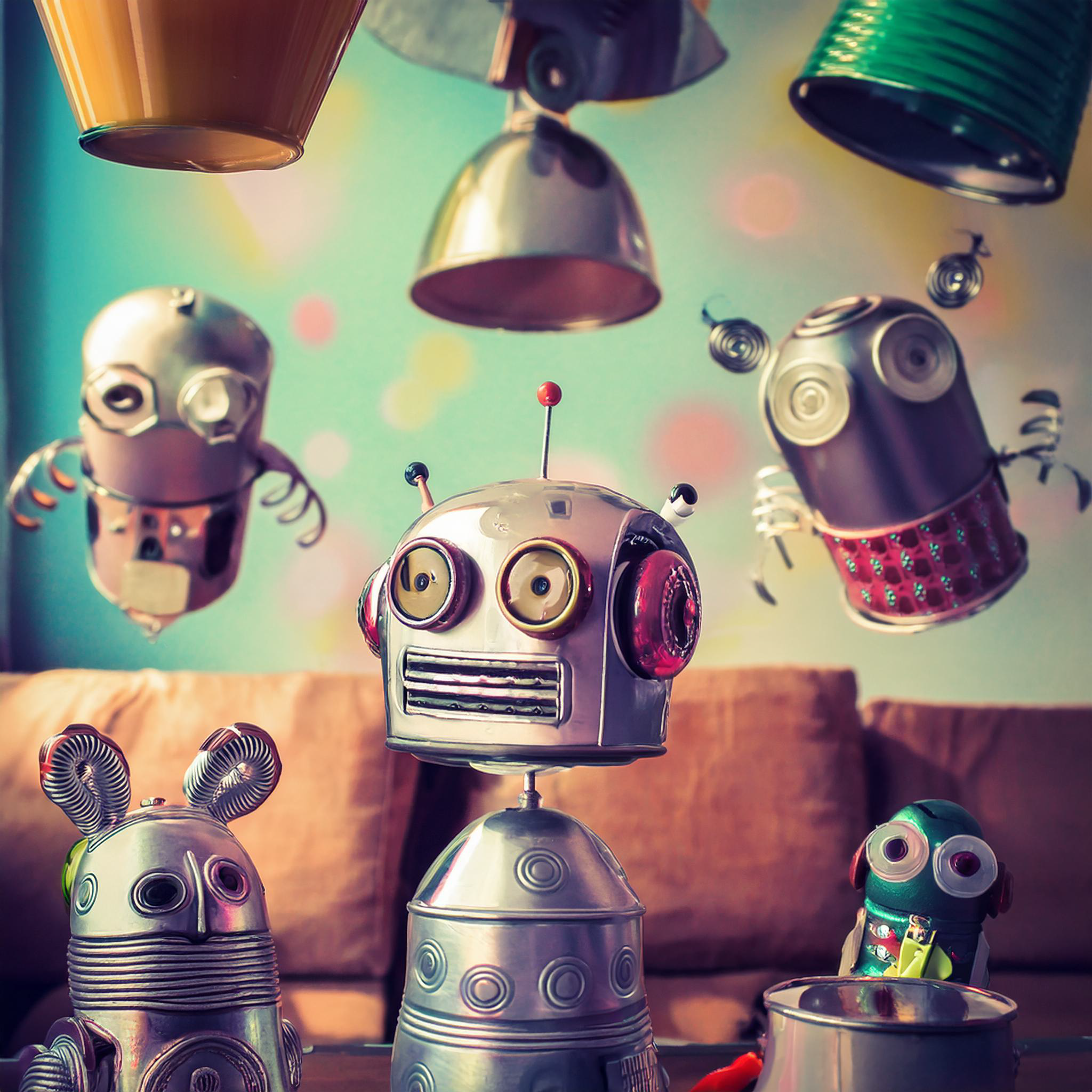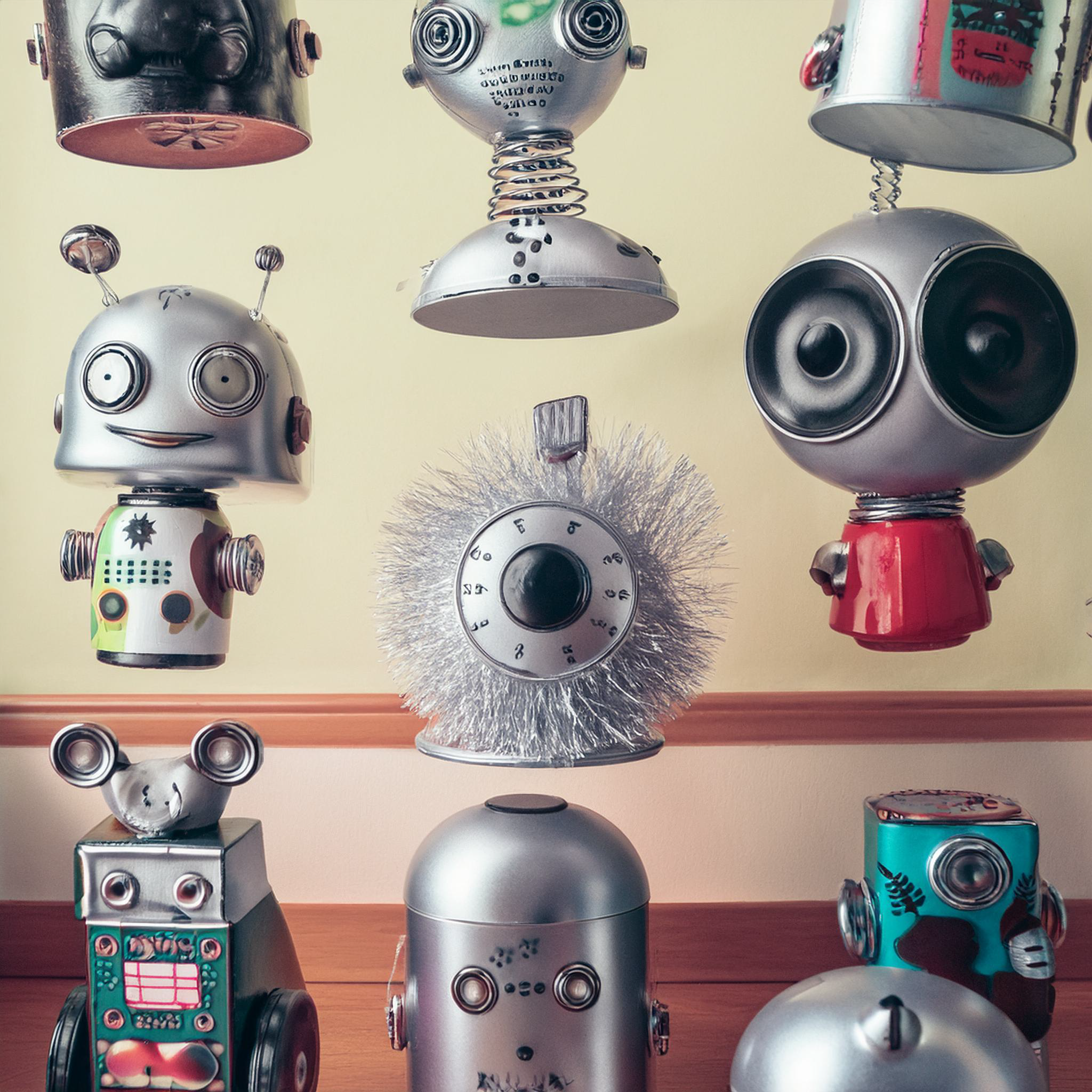Characters are one of the main elements that help you connect and know what is your place within a game or XR application. Characters themselves -their mood, how they are dressed, their personalities- are key in helping communicate the story and goals or your application.
While I don’t consider myself to be a character designer, I have designed many characters through the years to set direction or as core creative in smaller projects.
Representing AI
As AI is turning into an important ingredient in apps, it is important to figure out how to represent it.
AI Agents as a Spiritual Guides
These concepts were developed for a wellness app. In them, AI guides are visualized as spiritual beings. I played with different types of representations as we discussed the AI-Guide transforming into different shapes as it covered different aspects of wellbeing. Some of the shapes were more anthropomorphic, some were more abstract. Some were more structured and some more fluid and ethereal.
AI Agents as Bots
In the concepts below, I took a very different approach from the one above. Here AI is represented as bots. Instead of presenting them as wise and highly knowledgeable, we wanted to represent them as helpful but limited. Endearing, harmless, and friendly, but ultimately dumb and able to hallucinate. To make them warmer and more familiar, I designed as if they were made with familiar elements from old appliances and electronic equipment.
Stylization
Stylization is a powerful tool, and I like to use it every time I can. It allows you to exaggerate certain qualities and make the character’s personality and quirks more obvious.
The examples show below were all done with traditional techniques. No Generative AI.
Sometimes adding the environment that surrounds a character helps define their story and personality more clearly, as in the example below.
Sometimes if your characters match known stereotypes, you can skip fleshing out their environment.
Stylization As a Tool for Satire
Stylization is not just appropriate for kid oriented apps, it is also great as a tool for satire.
The examples below are edgier designs, where characters are representations of social issues, like rampant consumerism, militarism, greed, and complacency.













